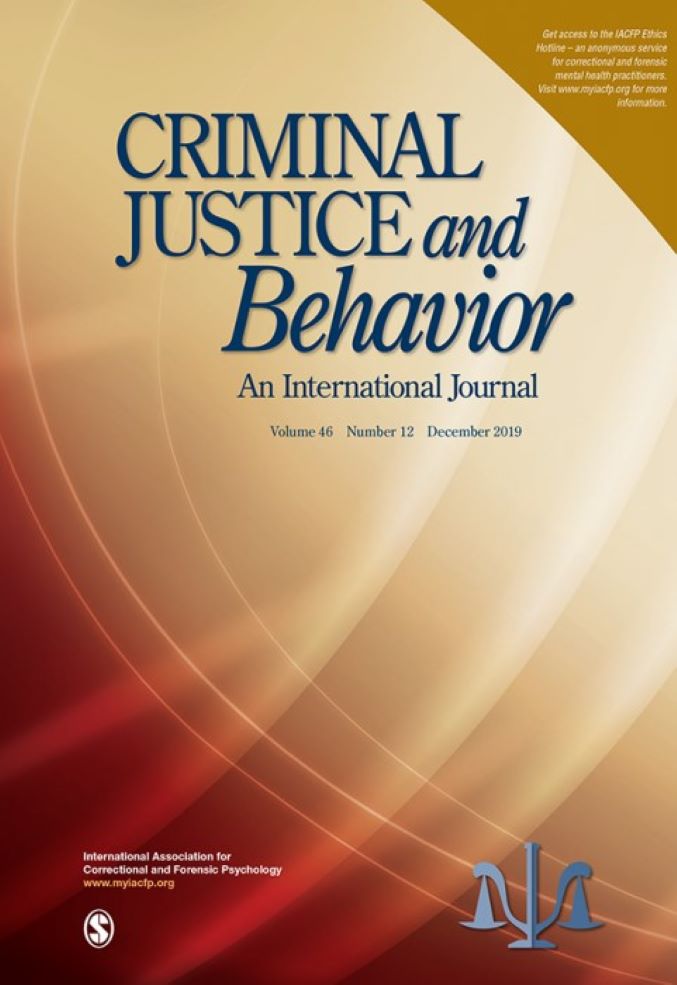For decades, research has revealed a gender disparity in criminal case outcomes. This phenomenon was traditionally explained as a product of male court actors’ protectiveness of women and the minimization of female threat. In the current study, we capitalize on the increasing gender diversity of courts to examine if the gender gap in punishment is explained by the gender composition of the decision-making body in criminal courts: the courtroom workgroup. Using a sample of felony cases from Florida’s circuit courts in 2017 (N = 10,605), we measure workgroups as judges, prosecutors, and defense attorneys assigned to the same division. We find that the gender diversity of the workgroup does not explain variations in court outcomes, nor does it explain the presence of gender disparities we observed in all but one of our case outcomes. As such, male protectionism is insufficient to explain the more lenient treatment of women in Florida’s criminal courts.

 The College of Arts
The College of Arts